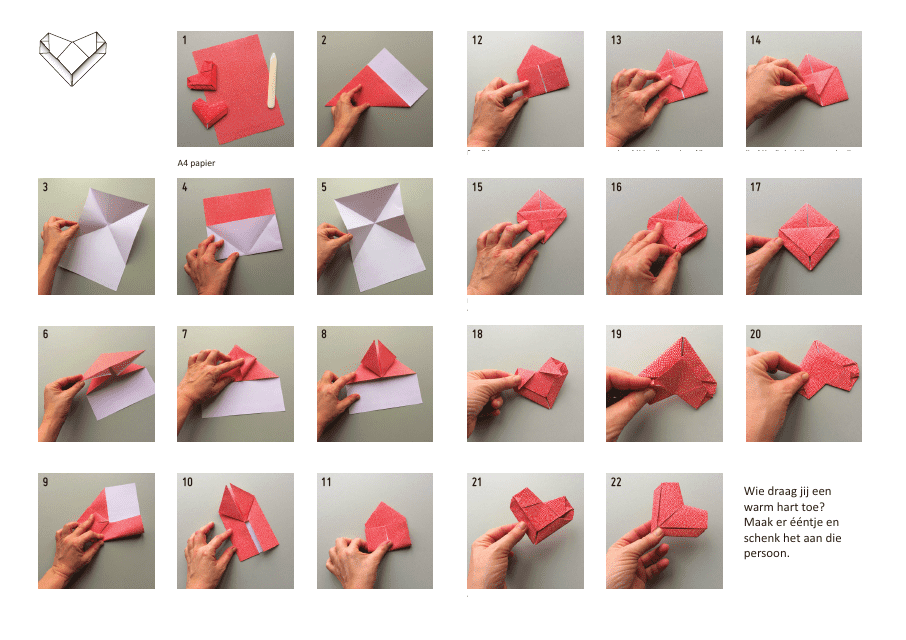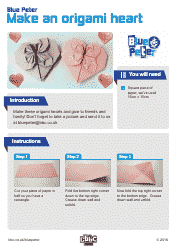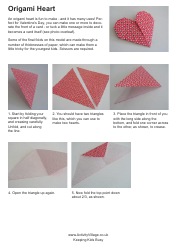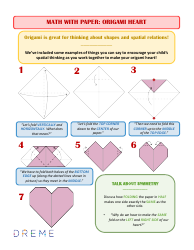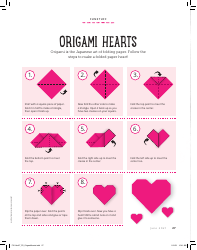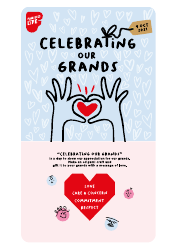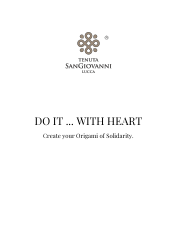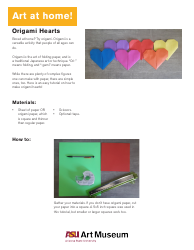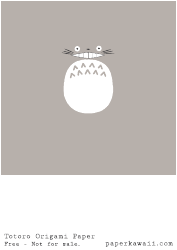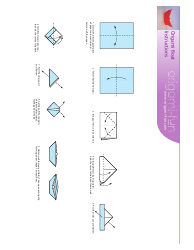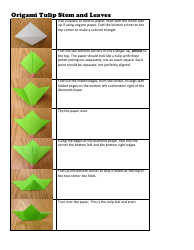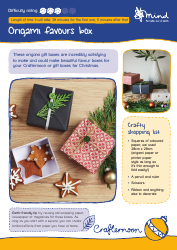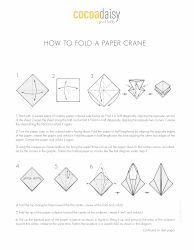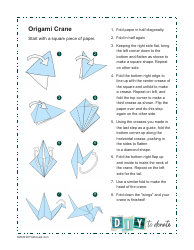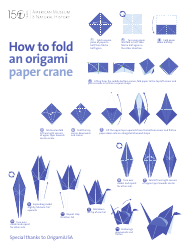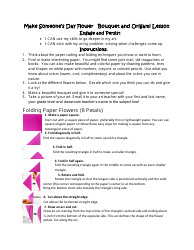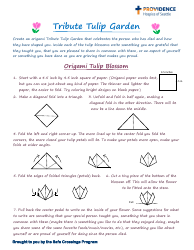Origami Paper Heart Guide (Dutch)
The Origami Paper Heart Guide (Dutch) is a document that provides step-by-step instructions on how to create a heart shape using origami, the art of paper folding popular in Japan. This particular guide is written in Dutch, and is typically used for educational purposes, craft projects, gifts, or decoration. Just like any other origami guide, it is intended to teach the user how to transform a flat sheet of paper into a three-dimensional heart shape using a series of folds and creases, all without the use of glue, staples, or scissors. The heart shape created can be used for a variety of purposes including Valentines Day gift, decoration or simply a fun, creative activity.
The Origami Paper Heart Guide (Dutch) could be filed by anyone from the Netherlands or even someone skilled in Dutch language who is interested in origami art. These guides could be produced by hobbyists, educators, or origami enthusiasts. However, without specific authorship information, it is not possible to pinpoint a single person or entity.
FAQ
Q: What is an Origami?
A: Origami is the art of paper folding, which originated in Japan.
Q: What does 'Origami Paper Heart Guide (Dutch)' mean?
A: It refers to a guide or instructions, in Dutch language, on how to make a paper heart using origami techniques.
Q: Is Origami popular in Australia and Canada?
A: Yes, Origami is popular worldwide including countries like Australia and Canada. There are numerous clubs and societies dedicated to the art of Origami.
Q: Are there similar paper art traditions in India?
A: Yes, in India, the art of paper folding is known as 'Papiroflexia' or 'Paper art'. There are also many other traditional forms of paper arts in India, such as paper mache crafts and lantern making.
Q: Do I need special paper to do Origami?
A: It's best to use thin, flexible paper for Origami. Origami paper, known as 'kami', is sold specifically for this purpose. However, any piece of paper can be used as long as it holds a fold.
Q: Is Origami difficult to learn?
A: Origami can range from simple to complex designs. With patience and practice, it's possible for beginners to progress to advanced designs. Often the best way to start is with basic shapes before moving on to more intricate patterns.
